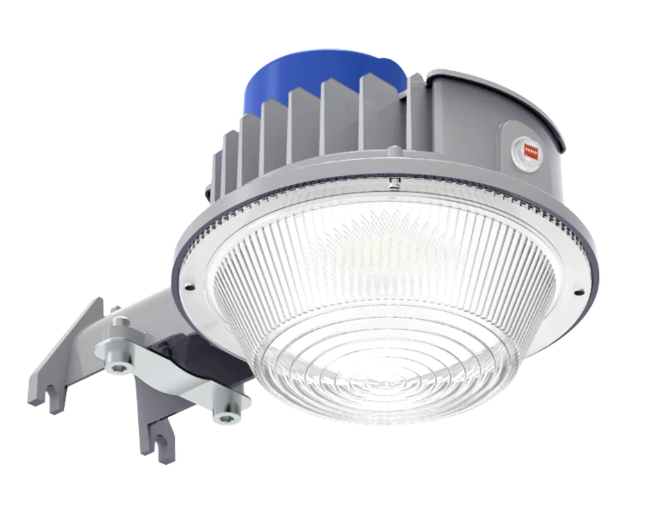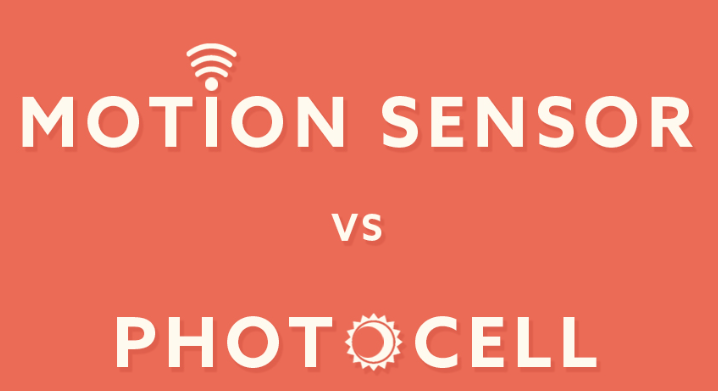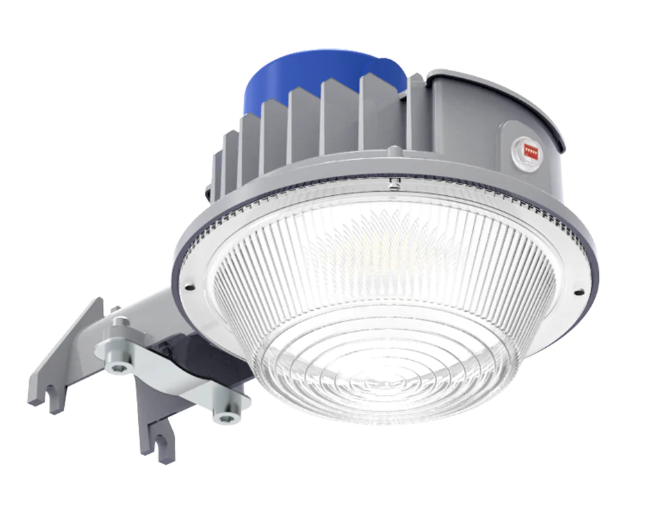Introduction

In the world of modern technology, sensors play a pivotal role in our daily lives. They are the invisible guardians that make our homes and workplaces smarter, more energy-efficient, and safer. Photocells and motion sensors are two common types of sensors that are often used for various applications, from lighting control to security systems. In this comprehensive comparison, we will delve into the workings, advantages, and limitations of both photocells and motion sensors to help you make informed decisions when choosing the right sensor for your specific needs.
I. Photocells
A. How Photocells Work
Photocells, also known as photoresistors or light-dependent resistors, are passive optical sensors that detect the intensity of ambient light. These sensors work based on the principle of photoconductivity, where their resistance changes in response to varying levels of illumination. In simple terms, when it’s dark, the resistance of a photocell is high, and when it’s bright, the resistance decreases. This change in resistance is utilized to control various electrical devices.
B. Applications of Photocells
Outdoor Lighting
One of the most common applications of photocells is in outdoor lighting systems. They are often integrated into streetlights, garden lights, and security lighting to automatically switch the lights on when it gets dark and turn them off when it’s bright, conserving energy and enhancing safety.
Automatic Blinds and Curtains
Photocells are also used in smart homes to control blinds and curtains. By measuring the incoming sunlight, these sensors can adjust the window coverings to maintain a comfortable indoor environment and reduce energy consumption.
Agricultural and Environmental Monitoring
In agriculture and environmental monitoring, photocells can be used to measure light conditions, helping farmers optimize their crop growth and scientists gather data for ecological research.
C. Advantages of Photocells
Energy Efficiency
Photocells are known for their energy-saving capabilities. By automatically adjusting lighting based on ambient light levels, they help reduce energy consumption, making them an eco-friendly choice.
Longevity
Photocells are generally durable and have a long lifespan. With no moving parts, they are less prone to wear and tear.
Simplicity
Photocells are straightforward to install and operate. They require minimal maintenance and are an economical option for many applications.
D. Limitations of Photocells
Lack of Sensitivity
Photocells may not be as sensitive as motion sensors when it comes to detecting human presence. They primarily rely on changes in light levels and may not respond to slow or subtle movements.
Limited Applicability
While photocells are great for controlling lighting, they may not be suitable for security applications or scenarios where precise motion detection is required.
II. Motion Sensors
A. How Motion Sensors Work
Motion sensors, as the name suggests, are designed to detect physical movement within their detection range. These sensors use various technologies, including passive infrared (PIR), ultrasonic, and microwave, to sense motion. When motion is detected, they trigger an electrical signal that can be used to activate lights, alarms, cameras, or other devices.
B. Applications of Motion Sensors
Security Systems
Motion sensors are an integral part of home and commercial security systems. They can detect intruders and trigger alarms or alert security personnel.
Lighting Control
Motion-activated lighting is a common application of motion sensors. Lights in hallways, stairwells, and outdoor areas can be set to turn on automatically when someone enters the space and turn off after a period of inactivity.
Smart Home Automation
In smart homes, motion sensors are used to automate various functions, such as turning on lights when you enter a room or adjusting the thermostat based on occupancy.
C. Advantages of Motion Sensors
Precision
Motion sensors are highly precise in detecting movement. They can distinguish between human and non-human sources of motion, reducing false alarms.
Enhanced Security
For security applications, motion sensors are the go-to choice due to their ability to detect unauthorized entry accurately and quickly.
Customizable Settings
Many motion sensors allow for customization of sensitivity and the duration of the triggered action, making them adaptable to specific requirements.
D. Limitations of Motion Sensors

False Triggers
Motion sensors can be sensitive to environmental factors like changes in temperature, moving objects (e.g., pets), and even leaves blowing in the wind, potentially leading to false alarms.
Limited Energy Efficiency
While motion sensors are effective at reducing energy consumption, they may inadvertently activate lights when they’re not needed, such as when someone is briefly passing throu
III. Comparison
A. Energy Efficiency
Photocells are generally more energy-efficient than motion sensors for applications like outdoor lighting. They respond to natural light changes and ensure that lights are only on when necessary. In contrast, motion sensors can sometimes trigger lighting even when it’s not required, resulting in slight energy wastage.
B. Sensitivity to Human Presence
Motion sensors excel in detecting human presence due to their precision and ability to differentiate between various sources of motion. Photocells, on the other hand, may not reliably detect slow or subtle movements, making them less suitable for security and some automation applications.
C. Flexibility
Photocells are best suited for applications where the primary concern is maintaining a consistent level of illumination, such as outdoor lighting and window coverings. Motion sensors are versatile and can be used for various purposes, including security, automation, and convenience.
D. False Alarms
While motion sensors are highly accurate in detecting human presence, they are more prone to false alarms caused by factors like pets, drafts, and moving objects. Photocells are less likely to trigger false alarms, as they respond solely to changes in light levels.
E. Initial Cost and Maintenance
Photocells are often more cost-effective to purchase and install. They also require less maintenance over time, as they have no moving parts. Motion sensors, with their complex technology, may come with a higher initial cost and may need periodic maintenance.
F. Security Applications
For security systems, motion sensors are the preferred choice due to their ability to detect human intruders accurately. Photocells are not well-suited for security applications, as they primarily measure light intensity rather than motion.
IV. Conclusion
In the ongoing quest for more efficient and intelligent spaces, both photocells and motion sensors have essential roles to play. Each sensor type offers distinct advantages and limitations, making them suitable for specific applications. Photocells excel in energy-efficient outdoor lighting and environmental monitoring, while motion sensors are the preferred choice for security, smart home automation, and lighting control.
Ultimately, the choice between photocells and motion sensors depends on the specific requirements of your project. Understanding the fundamental differences and characteristics of these sensors is the first step towards making an informed decision. By carefully considering your needs, you can select the right sensor technology to enhance the functionality and efficiency of your environment. Whether you opt for the subtlety of photocells or the precision of motion sensors, both offer valuable contributions to the world of sensor technology and automation.
